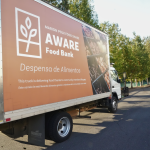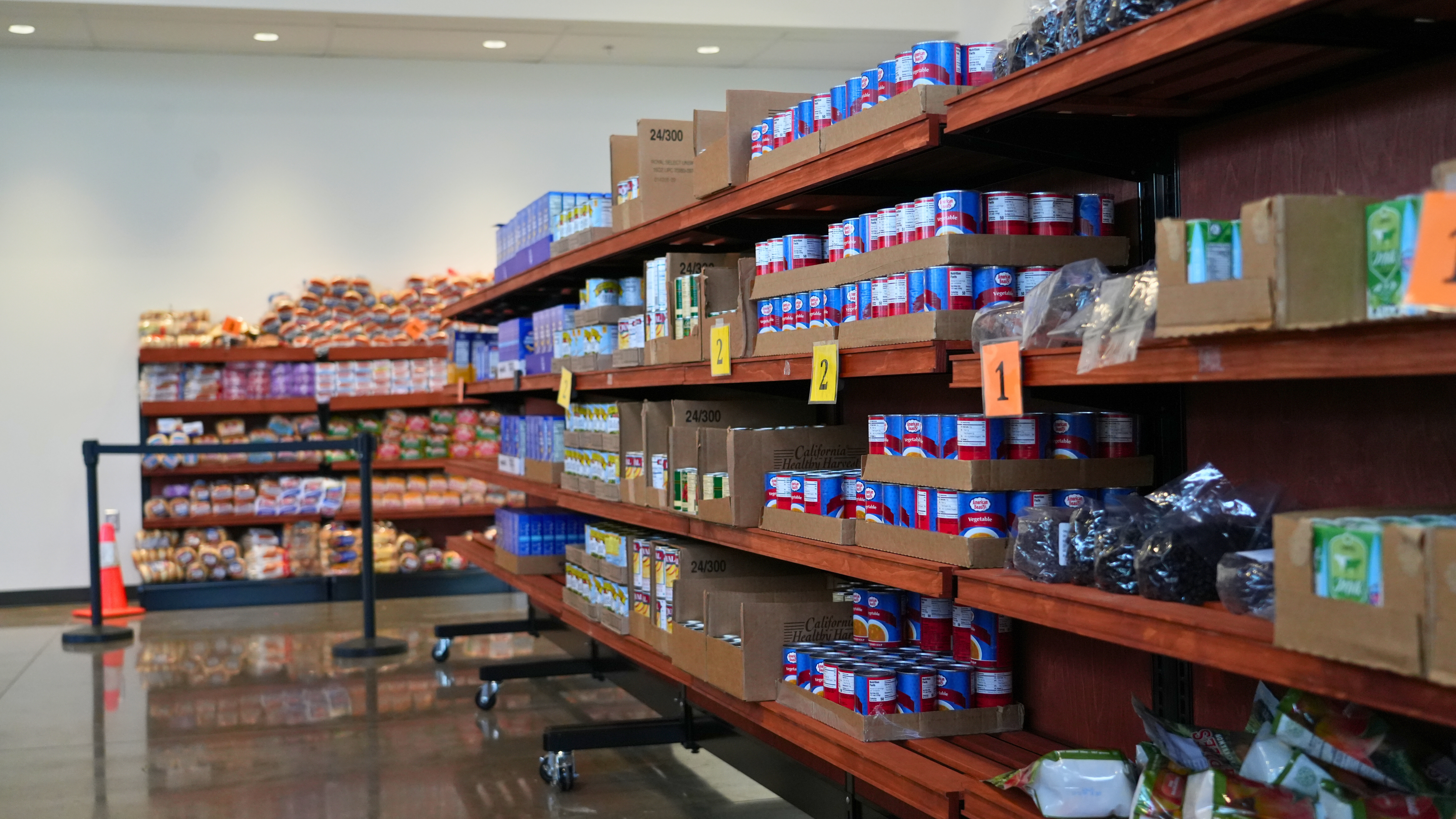Federal cuts slash food bank deliveries in Woodburn, Marion County
Published 5:00 am Tuesday, July 22, 2025



Food supplies are shrinking at Woodburn’s food pantry as more families across Marion and Polk counties turn to their local pantries for help.
In March, the U.S. Department of Agriculture halted the delivery of more than $500 million in food aid to food banks nationwide, following an executive directive from newly elected President Donald Trump to reduce what he described as “government waste.”
Trending
AWARE, Woodburn’s food pantry, is among dozens of pantries in the county that are being affected by the cuts. Marion Polk Food Share, which distributes to AWARE, says the impact has already arrived.
“We are beginning to feel those cuts already,” said Rick Gaupo, president and CEO of Marion Polk Food Share. “We’re getting less food from USDA now than we used to. It’s 14% of our overall food supply by volume. But, it’s actually much more damaging than 14% by value or quality. USDA food is generally considered very good quality. It is meat, it is dairy and it is fresh produce… so the value of that, the loss is more than the 14% by volume.”
Less food to go around
Marion Polk Food Share is a regional food bank that manages and distributes food to more than 50 pantries and meal sites across the two counties.
Woodburn’s AWARE food bank is the largest pantry in the two counties, meaning it both receives and distributes the largest amount of food. In the 2025 fiscal year, it distributed roughly 1 million pounds of food and received as many as 3,600 visitors per month.
Trending
The food share, as well as other Oregon food banks, typically receives three-quarters of its food from local grocery stores, food drives and farms, while the USDA supplies the other quarter through the Emergency Food Assistance Program.
However, that federal portion has now been cut in half, which means 1.3 million fewer pounds of food delivered to Marion Polk Food Share this year compared to last, according to Gaupo.
“You’ve got to think about it as less food,” Gaupo said. “What happens is that at pantries like AWARE and all the other pantries, there’s some self-regulation that goes on. They know approximately how many visitors they have… So, they look at their food supply, and they might have said, ‘Oh, you, a family of four, can have three of this product, you can take two of this product and these eggs.’ Now it might be two of this product, one of this product, and we have no eggs.”
Rising need amid less assistance
And while the amount of total food delivered locally is being cut by 14%, the number of people looking for assistance may grow due to other changes at the federal level — namely, the recently passed “One Big Beautiful Bill Act.”
“ That 14% less food, that number only works if it’s the same number of families. But if you have more families coming, then it’s actually going to have even a greater impact,” Gaupo said. “What we think will happen based upon the passage of (federal House Resolution 1)… It’s going to reduce SNAP benefits, and it’s going to reduce Medicaid benefits. That’s not a mystery. And that will mean that households are feeling more pinch on their budget and more families will come to local pantries.”
This demand for food assistance has already been growing in recent years. According to Gaupo, Marion Polk Food Share is seeing more people at its food pantries now than ever before, which he attributes to rent and food price increases following the pandemic.
With this increased demand and reduced supply, Gaupo and his team continue to find ways to secure more food through local donations and suppliers. However, he believes that part of the solution must come from the federal level.
“ I think it’s super important for us to realize that ending hunger and addressing food insecurity is addressed by moving and distributing food to families who need it but also by changing policies,” Gaupo said. “You can reduce poverty and hunger with policies. You can increase food supply with policies. So by policy change, USDA support was cut in half. By policy change, it could be increased again.”










